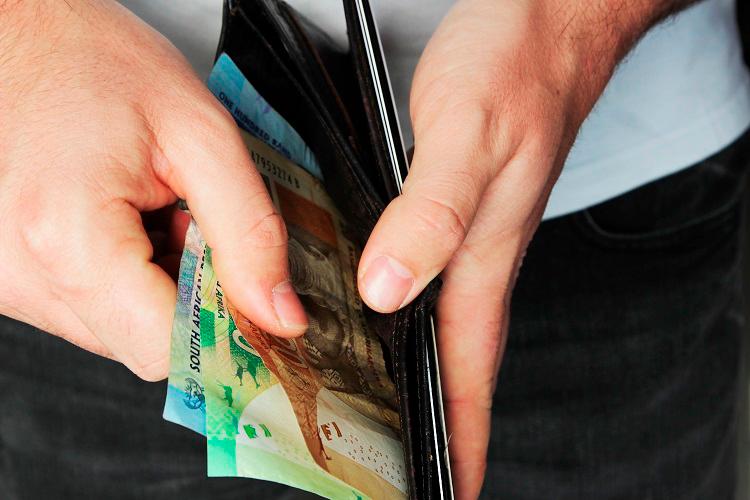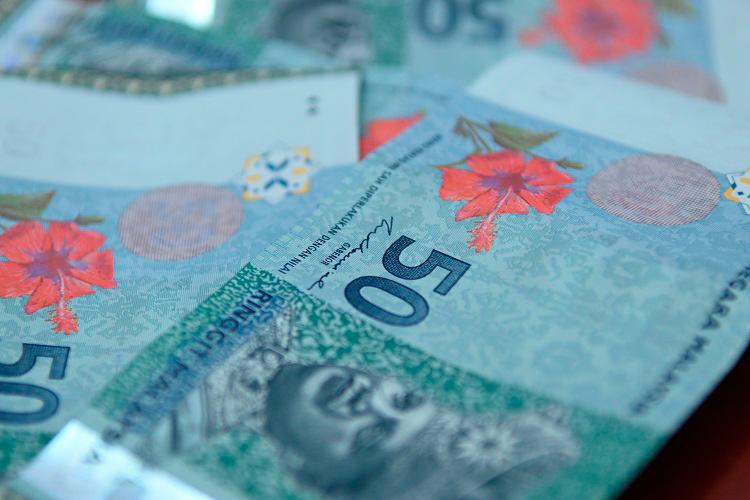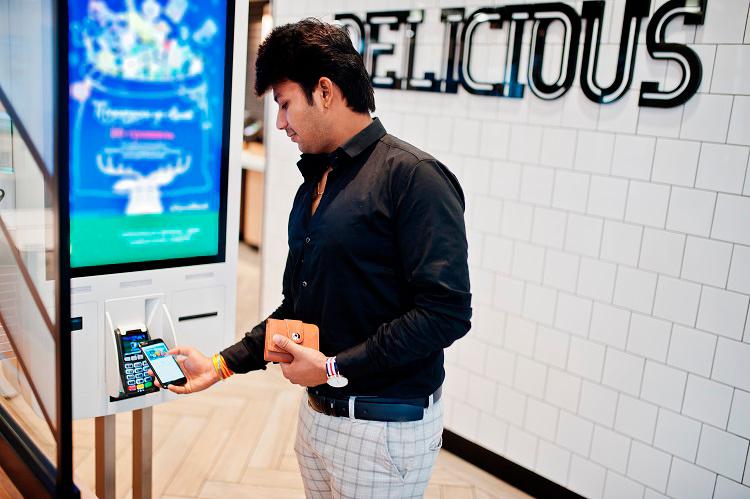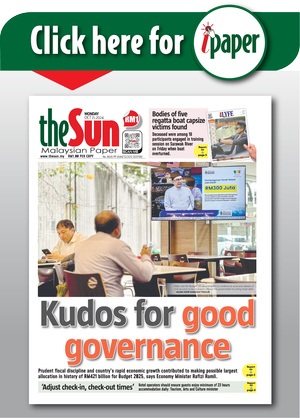THE pandemic brought many things with it, mostly bad, but it also paved the way forward for others, such as how it radically changed consumer habits by triggering a huge shift towards digital payments.
In Malaysia today, a quick scan of a QR code can pay for anything from a small pack of nasi lemak to a full-blown car wash. Platforms such as Touch ’n Go (TNG) e-wallet, GrabPay, Boost and MAE by Maybank are well on their way to becoming a crucial part of everyday life.
However, the adoption of digital wallets is not an exclusively positive phenomenon. In a country where cash was king for a long time, are
e-wallets truly a superior option?
The case for e-wallets
➤ Convenience at scale
Scan-to-pay has taken hold in urban areas, especially among younger consumers. The TNG e-wallet, for example, claims to have over 400,000 merchant touchpoints nationwide. From paying for parking to transferring duit raya, the reach is undeniable.
➤ Cashback, coins and perks
Digital wallets are not just functional – they are rewarding. Boost Coins, GrabRewards and the occasional 20% cashback deals have normalised gamified spending. For high-frequency users, especially in Klang Valley, these incentives offer tangible savings.
➤ Built-in transaction records
E-wallets log every transaction automatically, even if the in-app records are not automatically updated. This is not just helpful for budgeting, it also serves as a quiet nudge toward financial accountability, especially for younger Malaysians managing freelance or gig-based incomes.
➤ Reduced theft risk
Cash is vulnerable. Lose it and it is gone. E-wallets, on the other hand, are protected by PINs, biometrics and in most cases, remote lock features. Bank Negara Malaysia’s Risk Management in Technology policy also requires service providers to meet certain security standards.

The catch
➤ Rural disconnect
Pushing an agenda for a cashless society first requires everyone to have similar easy access to the infrastructure required, which may not be the case in rural areas, where infrastructure can vary greatly not only between each other, but with cities. More often than not, cash still dominates in smaller towns and pasar malam stalls.
➤ Dependency on connectivity
E-wallets are only as reliable as your internet connection. Payment failures due to weak signal or app downtime remain a frustration. Offline QR payment options exist but are not widely implemented.
➤ Easier to overspend
Tap, confirm, done. The physical “pain” of handing over cash disappears with digital payments. That psychological distance can lead to impulse spending, which is an issue particularly relevant for teens, students and even adults with weak willpower.
➤Data is not just yours
E-wallets track when, where and what users spend their digital currency on. That data can be used for targeted ads or internal analysis. Malaysia’s Personal Data Protection Act provides some protection, but concerns have been raised over its effectiveness.

Middle ground
In a top-down structured environment with streamlined digital payments from cities, chain retailers, parking systems and toll booths, to name a few, going cashless makes sense. For everything else, cash remains almost as essential.
Additionally, the government is not pushing to eliminate cash, with Bank Negara Malaysia’s agenda being a cashless-ready society, where digital tools are an option, rather than a be-all, end-all mandate.
It allows room for further tech adoption without necessarily alienating older users, low-income earners or communities without the proper infrastructure in place.
E-wallets are without a doubt useful and efficient. It has evolved fast in the past six years and will continue to do so, but in Malaysia, where the digital divide is still real, they work best as a supplement, not a full replacement, for cash.
The smartest move for most? Use both. Let digital tools make your life easier but do not get rid of the backup plan in your wallets and purses just yet.









